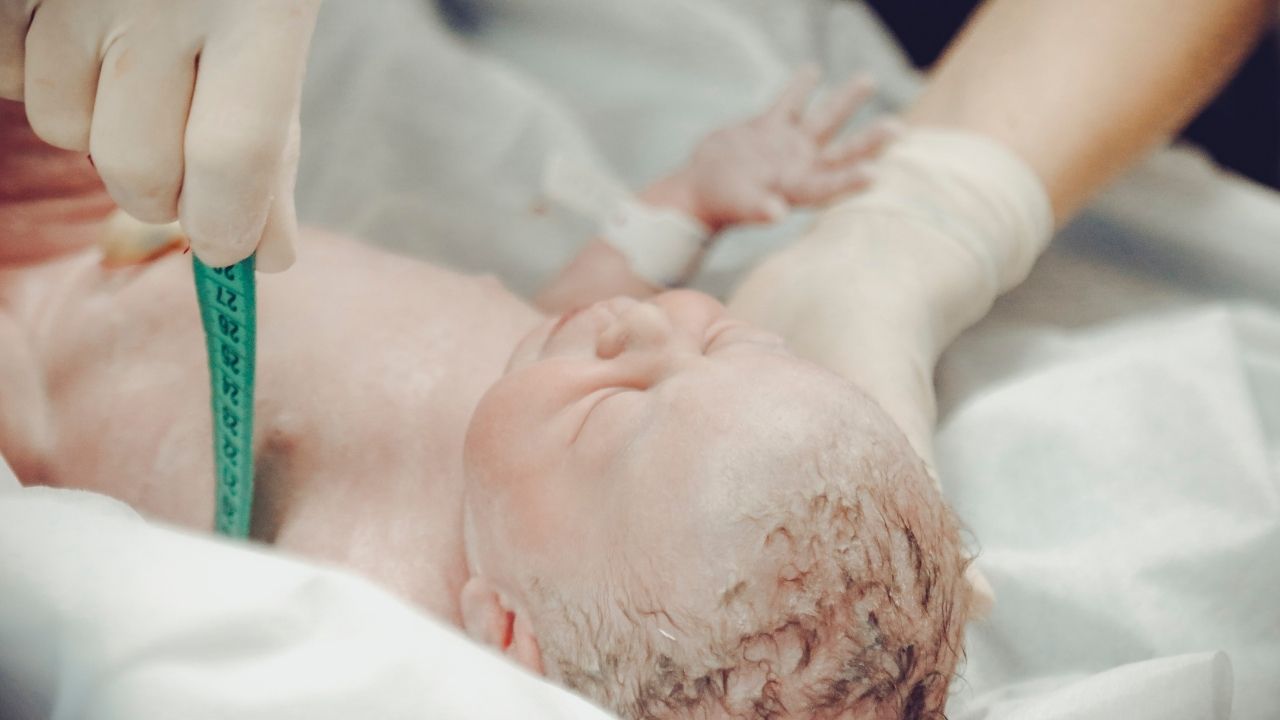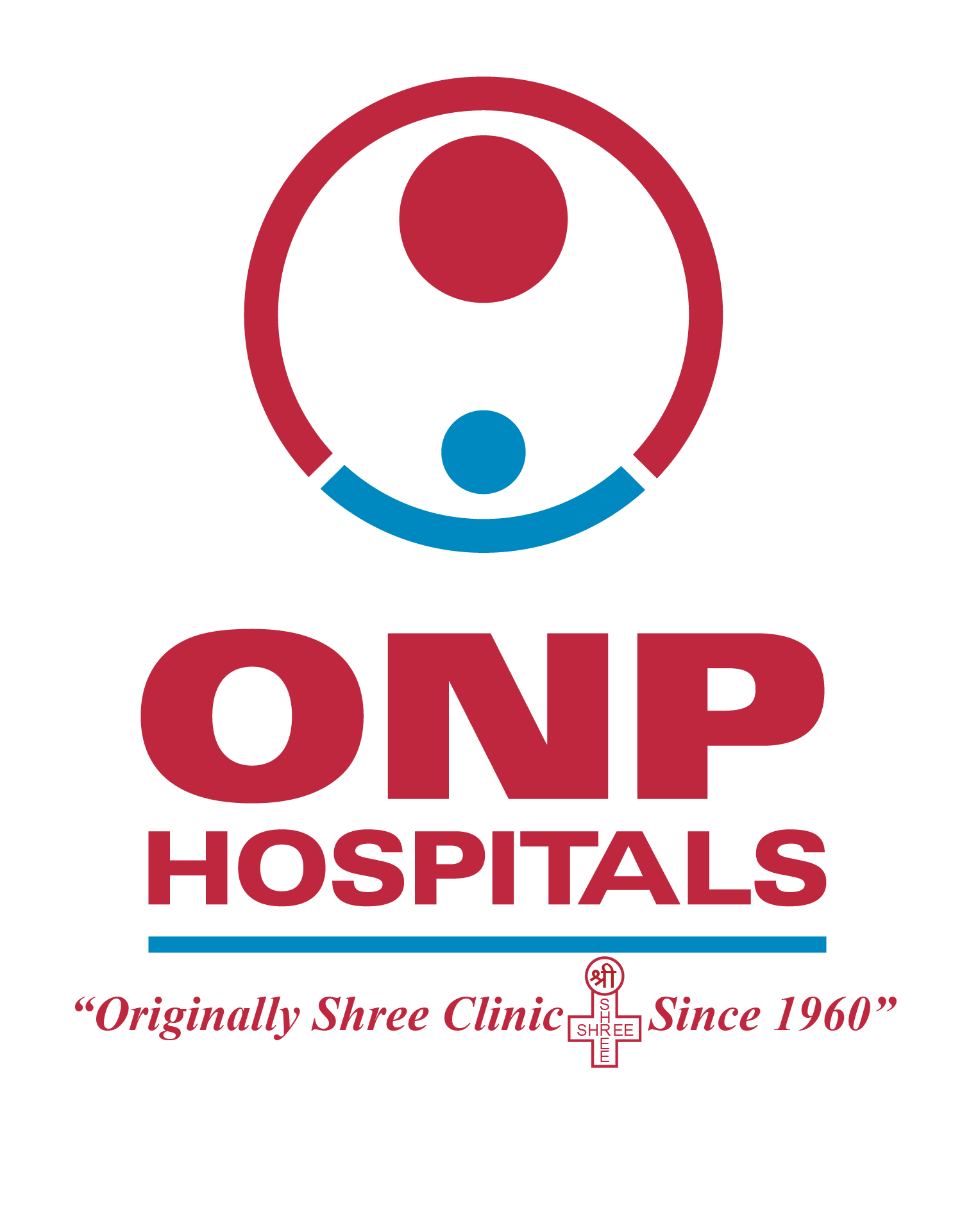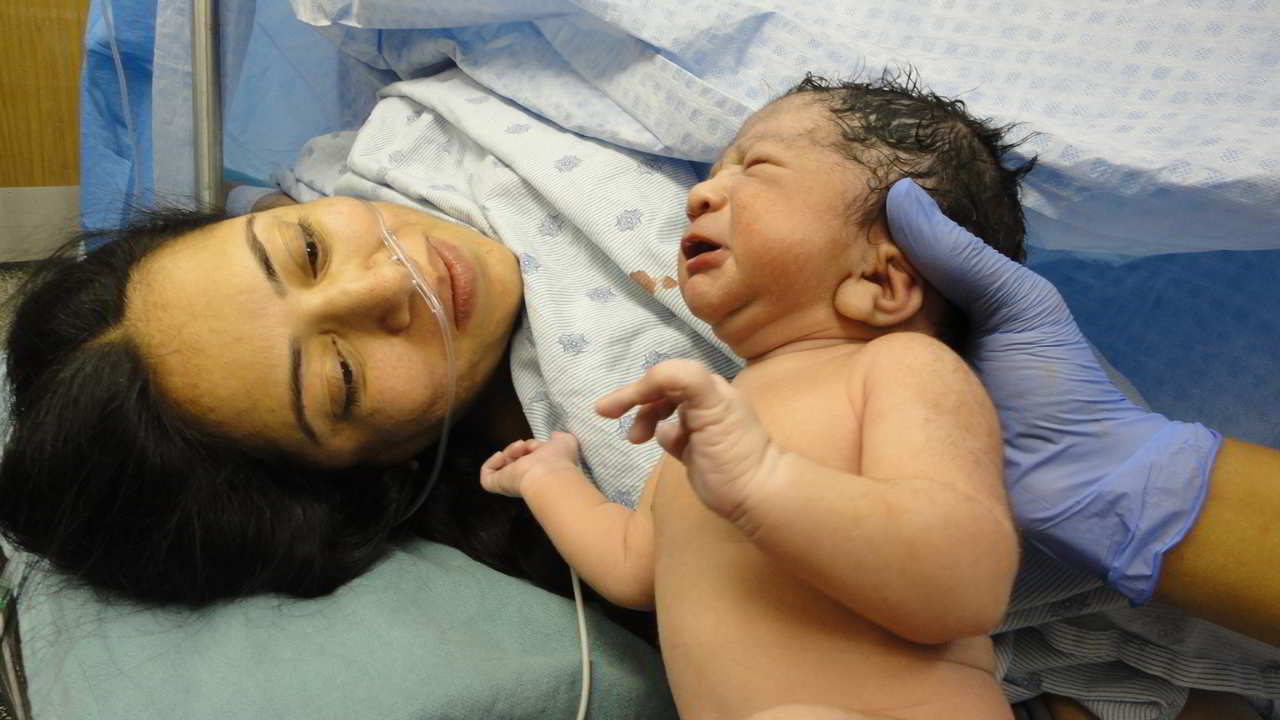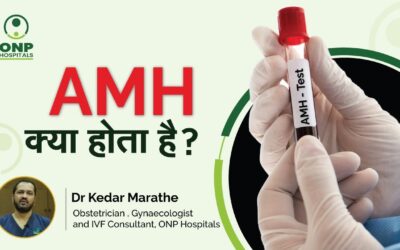As a pediatrician at ONP Hospitals, I’ve witnessed countless stories of resilience and recovery, but one case stands out—little Anaya’s story. Anaya, a spirited four-year-old, came to us after a severe finger injury that happened while she was playing in the backyard....

Overview
Using a vacuum extraction during delivery is rare. If labor isn’t moving along or if the baby’s health relies on a rapid birth, your doctor may suggest vacuum extraction during the second stage of labor – while you’re pushing.
Only 2.58 percent of live babies in the United States were delivered by vacuum extraction, according to the most recent CDC figures.
Everything You Need To Know About Vacuum
What it is?
When a woman gives birth vaginally, doctors may perform what is known as a vacuum extraction, which is also known as a vacuum delivery. When the baby is born, the doctor uses a suction pump and a soft cup to help guide them through the delivery canal. When a vacuum delivery is used, the mother is often still pushing while the baby is being delivered.
When it is Needed?
A mother’s instinct is to try to push her baby out of her vaginal canal during delivery. Vacuum delivery may be recommended by your doctor in certain cases to expedite the procedure.
Many situations call for a vacuum delivery to be made, however, these are some of the most prevalent ones:
- Labor isn’t progressing: But no matter how hard you press, nothing seems to be happening. Your doctor may suggest utilizing a vacuum after a particular time.
- Your baby’s heartbeat: Vacuum-assisted delivery may be recommended if your baby’s heartbeat is erratic or if your doctor fears anything is wrong with your pregnancy.
- You have a health concern: Your doctor may suggest a vacuum-assisted birth in certain situations. Your doctor may allow you to push for a limited period if you have certain medical issues (particularly heart disorders).
If any of the following apply, talk to your doctor before getting a vacuum extraction:
- Your child may have a bone-weakening disease like osteogenesis imperfecta or a blood-clotting problem like hemophilia.
- At this moment, your baby’s head hasn’t budged from the birth canal’s midway.
- There’s no way to tell where your baby’s head is at this point.
- As your baby’s delivery canal opens, the shoulders, arms, buttocks, and/or feet lead the way.
- If your kid is too big or your pelvis is too small, he or she may not be able to pass through.
How to Prepare
Your doctor may attempt alternative methods to speed up labor before resorting to vacuum extraction. For instance, he or she may alter your anesthetic to promote more successful pushing. An injectable drug, such as a synthetic version of the hormone oxytocin, may be used to increase the contractions. To make childbirth easier, your doctor may perform an episiotomy, a small incision in the tissue between your vagina and anus.
If vacuum extraction is the best choice, your doctor will go through the risks and benefits with you and get your permission before doing the treatment. Inquire about other options, including a cesarean section. (C-section)
During and After the Procedure
During the Procedure
Your doctor will explain the risks and benefits of vacuum-assisted delivery with you if they decide you need it. You’ll be asked for consent. If you agree, the doctor will prescribe painkillers. Injections of painkillers or numbing agents near the spinal cord or on the vaginal surface may be employed.
With your legs spread, the doctor will place the plastic cup on your baby’s head and urge you to push during the next contraction. Your doctor or midwife will use the vacuum to produce suction to help remove your baby gently. It’s time to let go of the suction, and you’ll be asked to assist push your baby out.
An emergency C-section is performed if a vacuum delivery fails. Your doctor will make many incisions around your lower belly before delicately removing the baby. This is a C-section. This method may be safer than vaginal birth for you and your kid.
After the Procedure
If you used the vacuum to deliver your kid, your doctor will check your vagina and delivery canal for any damage. Any rips or abrasions will be patched up immediately. In addition, your infant will be checked for any damage that may have occurred during vacuum delivery.
It’s normal to feel some discomfort after labor if you have a tear. Discomfort often lasts just a few weeks before going away on its own. Consult your doctor if you’re not healing properly, or if you have a fever or other indications of infection.
When to visit a hospital?
Expect the discomfort to reduce as your body recovers. A fever or indications of infection should alert you to seek medical attention as soon as possible if your symptoms worsen.
Consult your obstetrician-gynecologist doctor if you have trouble controlling your bowel motions (fecal incontinence).
Conclusion
Due to some of the issues that might develop while attempting a normal birth, vacuum-assisted delivery should only be utilized as a last option. Even said, this doesn’t rule out all vacuum-assisted deliveries as potentially hazardous. With the right doctor and care facility, the dangers should be kept to an absolute minimum.
Sub Services
What Patient has to say about us
People heavily rely on reviews from other patients when choosing a healthcare provider
Our Patients Many many happy returns of the day......... The best doctor in the world My mother was suffering from severe pain in both knees and spine. Dr. Aashish arbat sir has operated today after 15days she is doing every thing thank you Dr aashish arbat sir and team Especially the major support was from Dr Ram sir from admission to dischatge and follow ups and taken care very nicely thanku Dr. Ram sir Our Patients After enduring knee pain for the past decade, my mother sought advice from various doctors in Nagpur, Nashik, and Pune. They all recommended knee replacement surgery, but it was only when we discovered Dr. Aashish Arbat and the option of robotics surgery that we made the decision to proceed. The surgery took place on June 23, 2023, and it turned out to be an incredible experience. To our astonishment, on the morning of June 24, my mother was able to stand on her own legs and even take a few steps. This remarkable progress was made possible due to the advanced assistance of robotics arm and Artificial Intelligence. Dr. Aashish Arbat is an exceptional and highly experienced surgeon, and we are immensely grateful for his expertise. We also extend our appreciation to his colleagues, Dr. Sharma and Dr. Ram, for their excellent skills and compassionate nature. Our heartfelt thanks go out to the entire team for enabling my mother to live a pain-free life Our Patients My mother got her both robotic knee replacement from sir on Oct 2021. The team and sir have made the complete process seamless. Especially my mother was very comfortable post her surgery. Thank you Dr Arbat and team. Our Patients Our Patients Our Patients Hello. My wife has severe arthritis in her body knees since 2017. We communicated many doctors but she was not happy. We visited Dr arbat for same issue and he came up with robotic knee replacement solution which suited her accurately and she is walking 5-6km daily without hesitation and living comfortably. Thanks Dr. Aashish Arbat and his new technology.![]()
Chhaya Kate
![]()
pravin kharat
![]()
T Srivalli
![]()
Mohan Satavekar
![]()
VIVEK PANDEY
![]()
Subhash Bobade
Blogs
Addressing Childhood Obesity: Preventative Measures and Healthy Lifestyle Choices
Childhood obesity is growing concern. More kids are affected every year. Tackling this issue early is crucial. This ensures children grow up healthy and happy. Fortunately, there...
Healthy Sleep Habits for Children: Tips for Parents
Good sleep is essential for children’s health and development. Yet getting kids to sleep can sometimes feel like an uphill battle. Establishing healthy sleep habits early on sets...
The Role of Diet and Nutrition in Managing Encopresis in Children: Insights from Dr. Amita Phadnis
Encopresis, a condition characterized by involuntary soiling in children, can be distressing for both the child and their family. First and foremost, complete treatment of...
Videos
Dr. Amita Phadnis’s Full Speech on Survival & Health Rights at UNICEF India.
Dr. Amita Phadnis ,M.D., Gave a Motivating Speech
Breast cancer is cancer that forms in breast cells. Women are mostly diagnosed with this cancer. Although it can be seen in both men and women
What is AMH
The granulosa cells in your ovarian follicles create the anti-Mullerian hormone, often known as AMH. According to the American College of Obstetricians and Gynecologists (ACOG), the generation of AMH is a reflection of your ovarian reserve.
FAQ’s
Pregnancy and Migraine Headaches: What Women Need to Know
When you are pregnant or breastfeeding, then you should be aware that migraine headaches are a normal part of the journey. Pregnant women might feel headaches owing to...
What Is the Problem of Orthopedics in Children?
While orthopaedic problems are commonly seen in and associated with the elderly, it’s important to be alert regarding the fact that they can afflict young people and children as well.
All You Need to Know About Reproduction
Most science students have to study about reproduction in their high school syllabus, and some learn from their parents, who may discuss it even earlier. It’s a very good thing to know about our own bodies…
Explore All Departments

ONP Prime

ONP Leela

IVF

Oncology

Pediatrics

Urology

Neonatology

Ophthalmology

Orthopedics

Gynaecology

Cardiology

IVF

Oncology

Pediatrics

Urology

Neonatology

Ophthalmology





 Home
Home Pregnancy
Pregnancy







